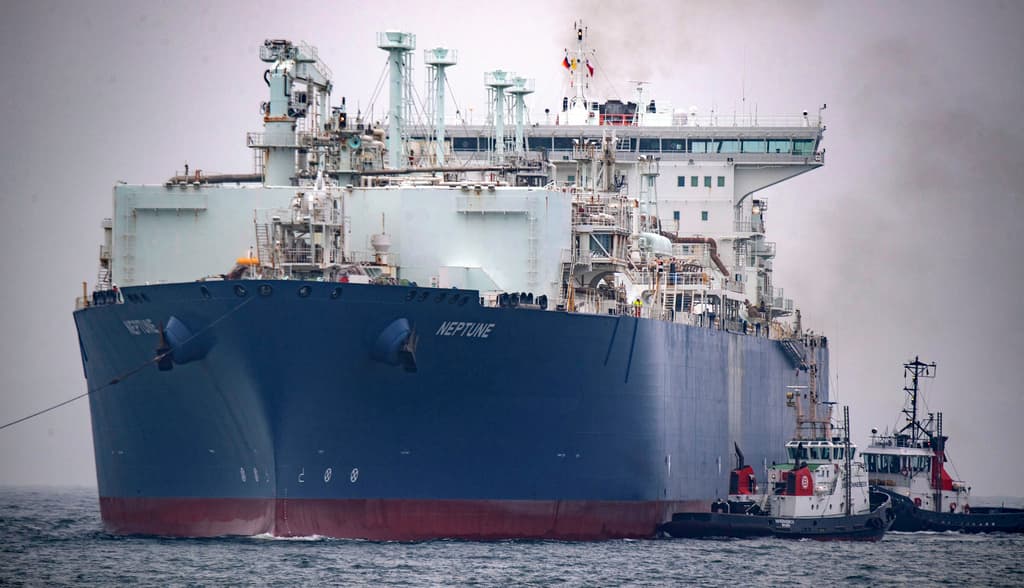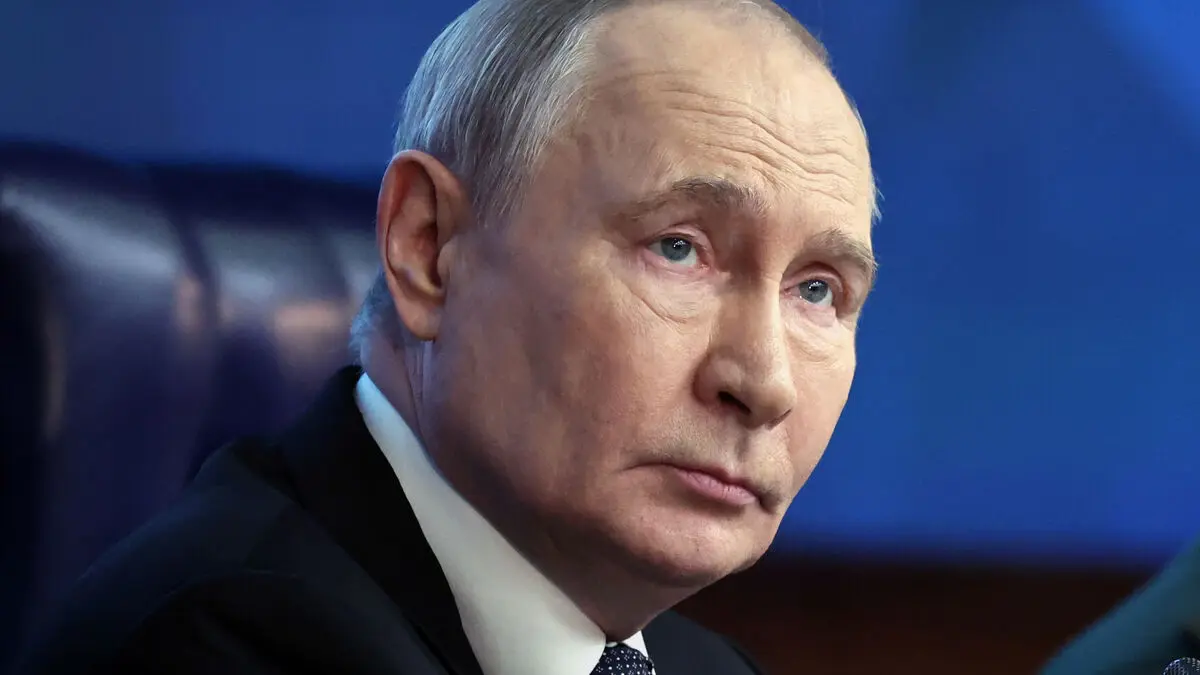At the same time as the heating season is now approaching, the largest gas supplier to the EU, Norway, is entering an annual phase of planned maintenance work on its large gas facilities in the North Sea.
This is happening after a summer where the gas price has been turbulent. Heatwaves in the EU have pushed up the demand for fuel for various types of cooling systems.
The gas price is also affected by risk premiums, which are created by concerns that the flow of fossil gas into the EU may be affected by Ukrainian forces entering Russia or as a consequence of the Gaza War.
All types of deviations from planned maintenance can cause significant changes in gas availability and affect market prices, especially this year, says Florence Schmit, energy strategist at the Dutch major bank Rabobank.
Norway has taken over the role as the largest supplier of fossil gas to the EU since Russia launched its full-scale invasion of neighboring Ukraine in 2022.
The USA has also overtaken Russia as a supplier with liquefied fossil gas on ships, although Russia's fossil gas is still delivered via certain gas pipelines into the EU.
The gas price in the EU can, since the electricity markets are interconnected, have significant effects on the electricity price for Swedish companies and households.





